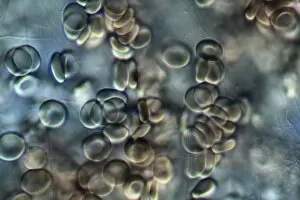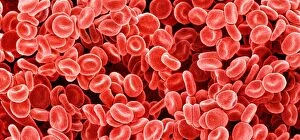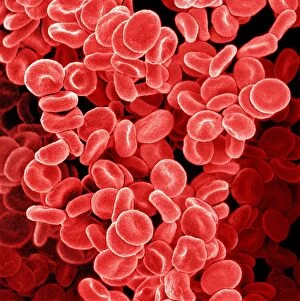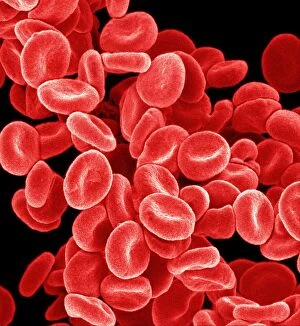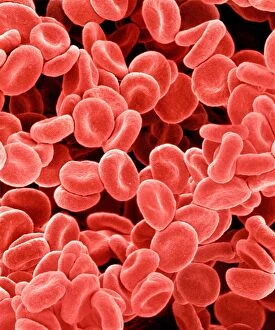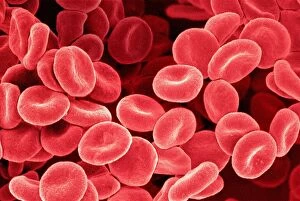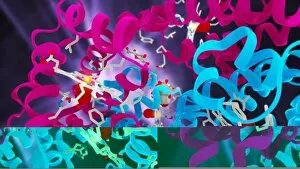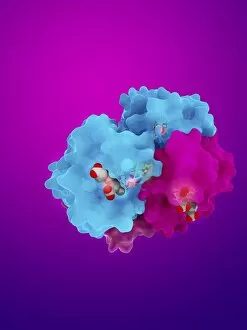Oxygen Carrying Collection
"Unveiling the Marvels of Oxygen Carrying: A Journey Inside Our Red Blood Cells" Intriguingly captured through a scanning electron microscope (SEM
All Professionally Made to Order for Quick Shipping
"Unveiling the Marvels of Oxygen Carrying: A Journey Inside Our Red Blood Cells" Intriguingly captured through a scanning electron microscope (SEM), the mesmerizing world unfolds before our eyes. Delicate and vital, red blood cells take center stage in this captivating exploration. The first image, SEM C015 / 8789, reveals an intricate network of these remarkable cells. Like tiny warriors, they tirelessly traverse our bloodstream to ensure every corner of our body receives life-sustaining oxygen. Moving closer into their realm, SEM C015 / 8792 showcases the unique structure and texture of individual red blood cells. Their smooth surface glistens under the microscopic lens, hinting at their incredible flexibility and adaptability within our circulatory system. Zooming even further with SEM C015 / 8794, we witness a breathtaking close-up view that unveils the astonishing complexity hidden within each red blood cell. The delicate membrane encapsulates a symphony of hemoglobin molecules – those miraculous carriers responsible for binding and transporting oxygen throughout our body. To fully comprehend this extraordinary process on a molecular level, two images come to light: Haemoglobin molecule F006 / 9356 and Haemoglobin molecule F006 / 9350. These snapshots unveil the intricate dance between iron atoms and oxygen molecules as they form temporary bonds crucial for efficient transportation. Returning to macroscopic views with SEM C015 / 8790, we witness an army of red blood cells marching together in perfect harmony. This collective effort ensures that no tissue or organ is left deprived of its much-needed supply of life-giving oxygen. Finally, SEM C015 / 8793 invites us into an awe-inspiring spectacle where countless red blood cells intertwine like rivers flowing through vast landscapes. It's here that we realize how intricately woven this system truly is – an orchestration designed by nature itself to sustain human life.


